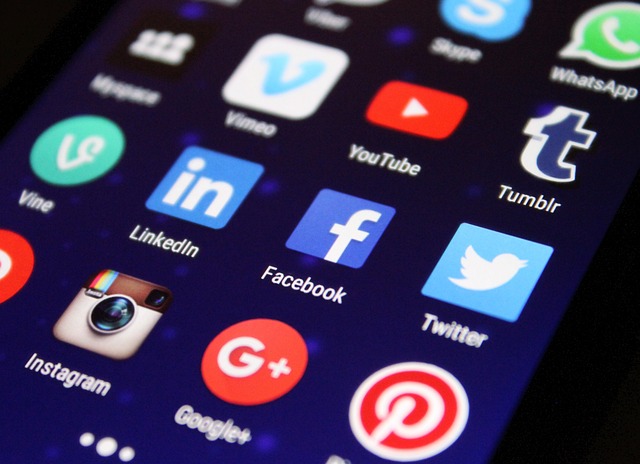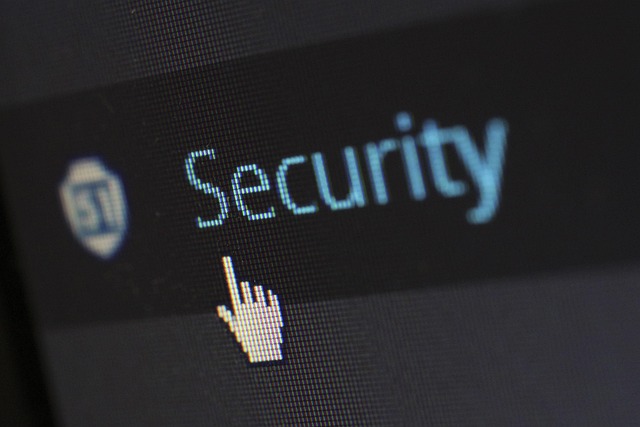The Digital Divide: Understanding Cyber Alienation in Addiction
In today’s digital age, the internet is often seen as a bridge connecting individuals across the globe. However, for many, it has unexpectedly become a barrier—a source of cyber alienation that exacerbates feelings of isolation, especially among those grappling with addiction.
When we talk about addiction, we often focus on the substances or behaviors that individuals become dependent on. Yet, what many may overlook is the profound impact that digital technology has on addiction. In this hyper-connected world, social media, online gaming, and streaming services can serve as refuge for those suffering from various forms of addiction. The irony lies in the fact that while these platforms provide a temporary escape, they can simultaneously deepen a sense of alienation.
Imagine scrolling through your social media feed—images of friends laughing, sharing moments, and leading seemingly fulfilling lives. For someone battling addiction, this can lead to an acute awareness of their own isolation. The filters of the internet can blur the line between reality and perception, making one feel more alone in a crowded digital space. This phenomenon is a key element of cyber alienation. Instead of fostering connection, the digital realm can sometimes intensify feelings of detachment from genuine human interaction.
As individuals retreat further into their devices, they may unknowingly distance themselves from the support networks that are vital for recovery. Rather than reaching out for help, the alluring escape of the virtual world can create a cycle of avoidance. Each “like,” comment, or online interaction offers a fleeting comfort, overshadowing the real, tangible connections that are often essential for healing.
But it’s not just the users; this digital divide creates a complex challenge for families and friends as well. They might feel helpless, watching their loved ones drift away into their screens instead of engaging in face-to-face conversations. The emotional toll is real, as cycles of misunderstanding and frustration ensue, leaving everyone feeling lost within the confines of their own screens.
Acknowledging the harsh reality of cyber alienation is crucial on the path to recovery. It’s essential to strike a balance between our digital lives and real-world interactions. Recognizing that while the internet can serve as a tool for connection and resources during recovery, it can also hinder progress is vital for those battling addiction.
Developing awareness around this issue not only empowers individuals dealing with addiction but also prompts a larger conversation about how we navigate our increasingly digitized lives. By fostering an environment of understanding and open communication, we can help bridge the gap that cyber alienation has created and encourage pathways to recovery that honor both our digital and human experiences.




